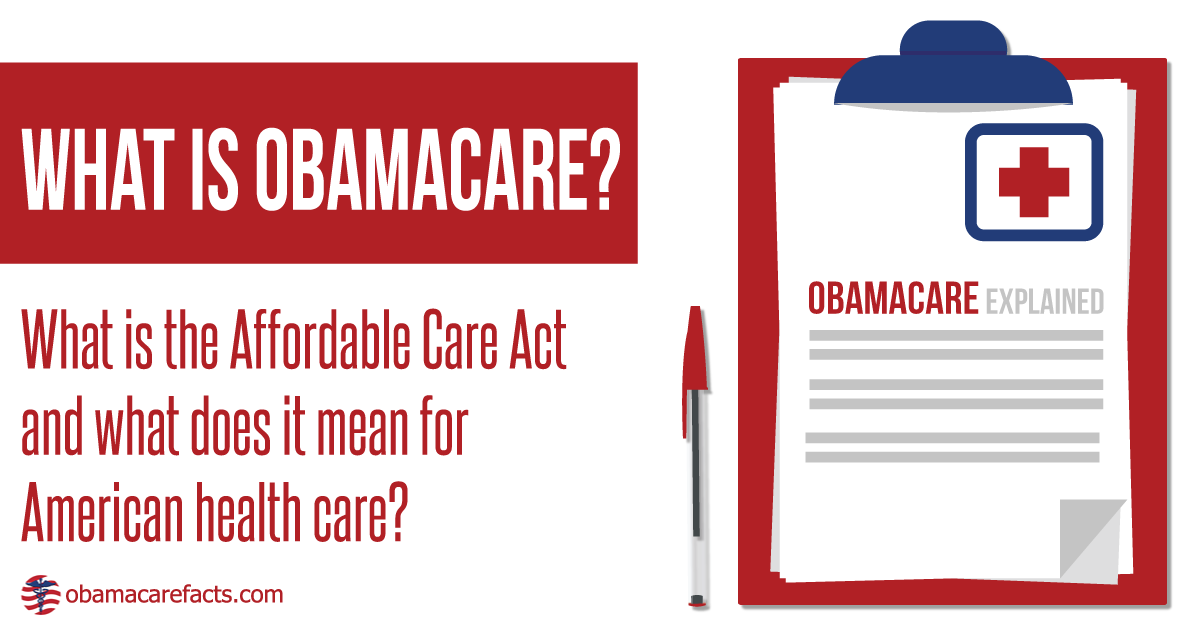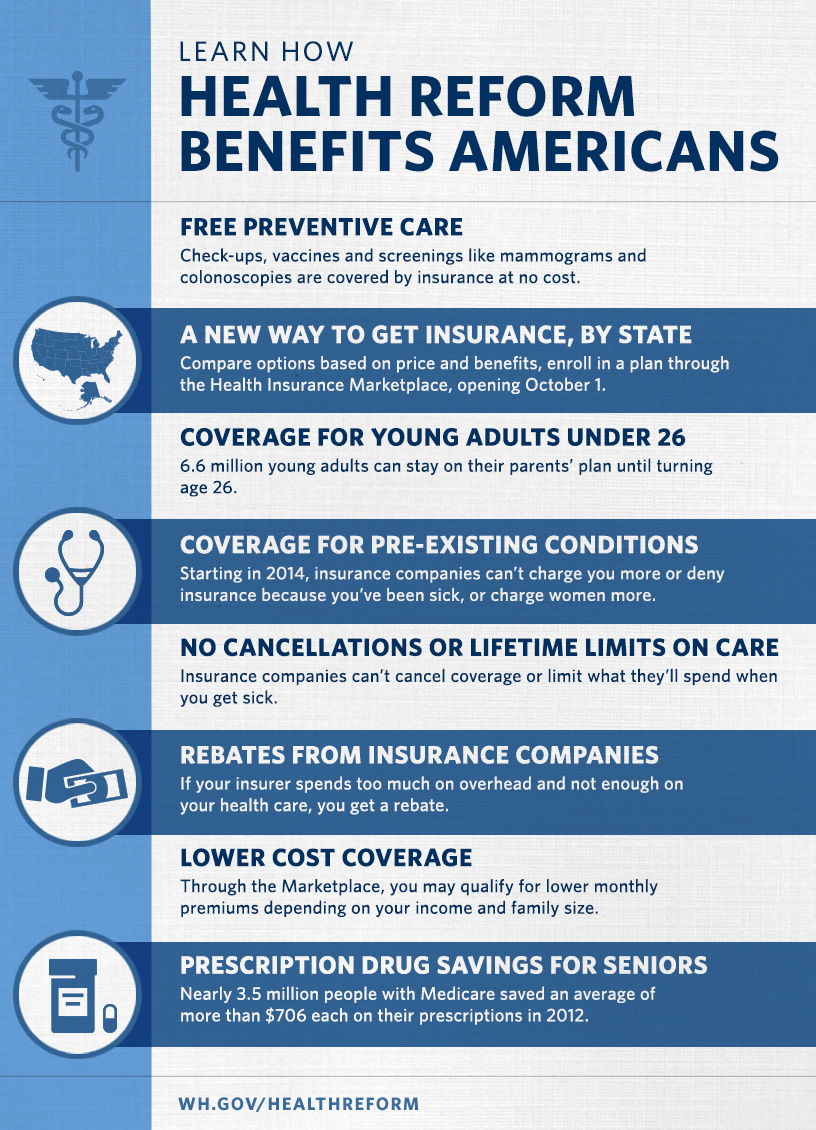Obamacare, or the Affordable Care Act (ACA), has been a cornerstone of U.S. healthcare reform since its introduction in 2010. But what exactly is it, and why does it matter so much? If you’ve ever found yourself scratching your head over health insurance policies, this article’s got you covered. Think of it as the ultimate cheat sheet for everything Obamacare-related, broken down in a way that even your grandma could understand. So grab a coffee, sit back, and let’s dive right in.
Let’s face it, healthcare can be confusing AF. Between deductibles, premiums, and all those fancy terms, it’s easy to get lost in the jargon. But don’t worry, we’re here to simplify things for you. Obamacare was created to make healthcare more accessible and affordable for millions of Americans. It’s like the Robin Hood of healthcare, redistributing the wealth—well, kind of.
Now, before we go too deep, let’s clear one thing up: Obamacare isn’t some secret society or alien technology. It’s just a nickname for the Affordable Care Act, a law signed by President Barack Obama. And yeah, it’s been a hot topic ever since. But why? Well, stick around, and we’ll break it down step by step.
Read also:Why Vegamovies Hollywood Is The Ultimate Destination For Movie Lovers
What Exactly is Obamacare?
At its core, Obamacare is all about making healthcare more inclusive. The Affordable Care Act (ACA) was designed to provide more Americans with access to affordable health insurance options. Before ACA, millions of people were left out in the cold because they couldn’t afford coverage or were denied due to pre-existing conditions. Enter Obamacare, riding in like a knight in shining armor to fix that mess.
Key Goals of Obamacare
Obamacare set out to achieve a few major goals:
- Expand Coverage: Make sure more people have access to health insurance.
- Lower Costs: Reduce the financial burden of healthcare for individuals and families.
- Improve Quality: Ensure that the insurance plans available meet certain standards of care.
- Protect Consumers: Prevent insurance companies from pulling shady moves like denying coverage based on pre-existing conditions.
Think of it like a sandwich. You’ve got the bread (universal access), the meat (affordable pricing), and the cheese (quality assurance). Yum, right?
How Did Obamacare Change Healthcare?
Before Obamacare, the healthcare system in the U.S. was like a wild west show. Insurance companies could deny coverage or charge ridiculous premiums based on factors like age, gender, or medical history. But with ACA, things started to change in a big way.
Major Changes Introduced by Obamacare
Here’s a quick rundown of the key changes:
- Pre-Existing Conditions: Insurance companies can no longer deny coverage or charge higher premiums because of pre-existing conditions. That’s a game-changer, folks.
- Medicaid Expansion: More low-income individuals and families became eligible for Medicaid, expanding the safety net for those who need it most.
- Health Insurance Marketplaces: These online marketplaces make it easier for people to compare and purchase insurance plans that fit their needs.
- Dependent Coverage: Young adults can now stay on their parents’ insurance plans until age 26. A win for the broke college kids out there.
These changes weren’t just cosmetic; they had real-world impacts on millions of lives. For instance, studies show that the uninsured rate dropped significantly after ACA was implemented. Boom, data point!
Read also:Unlocking The Potential Of Mydesinetcom Your Ultimate Guide
Who Benefits from Obamacare?
Obamacare isn’t just for hipsters and millennials, though they definitely appreciate the dependent coverage perk. It benefits a wide range of people, including:
1. People with Pre-Existing Conditions
Before ACA, having a pre-existing condition—like diabetes or asthma—could mean being denied coverage or paying sky-high premiums. Now, insurance companies can’t do that. Period.
2. Low-Income Families
Thanks to Medicaid expansion, more low-income families gained access to affordable healthcare. It’s like giving someone a life raft when they’re drowning in medical debt.
3. Small Business Owners
Small business owners now have access to tax credits and more affordable group insurance plans. It’s like a gift basket for entrepreneurs.
Common Misconceptions About Obamacare
There’s a lot of misinformation floating around about Obamacare, so let’s clear some of that up.
Myth #1: It’s a Government Takeover of Healthcare
Not true. Obamacare works within the existing private insurance system, offering subsidies and incentives to make coverage more affordable. It’s not about replacing private insurance; it’s about improving it.
Myth #2: It’s Too Expensive
While premiums can vary depending on location and plan type, many people actually save money thanks to subsidies and lower out-of-pocket costs. Plus, preventative care services are often covered at no extra cost.
Myth #3: It Only Benefits the Poor
Wrong again. Middle-class families and individuals also benefit from lower premiums and expanded coverage options. It’s a win-win for everyone.
How to Enroll in Obamacare
Enrolling in Obamacare is simpler than you might think. Here’s a quick guide:
Step 1: Visit the Health Insurance Marketplace
Head over to HealthCare.gov or your state’s marketplace website. It’s like shopping for insurance, but with less stress.
Step 2: Create an Account
Set up an account and provide some basic information about yourself and your household. Don’t worry, it’s all secure.
Step 3: Compare Plans
Browse through the available plans, comparing costs, benefits, and provider networks. It’s like trying on shoes until you find the perfect fit.
Step 4: Enroll
Once you’ve found a plan that works for you, enroll and start enjoying the benefits. Easy peasy.
Challenges Facing Obamacare
Of course, no law is perfect, and Obamacare has faced its fair share of challenges:
1. Political Opposition
Since its inception, ACA has been a political lightning rod, with opponents seeking to repeal or weaken its provisions. It’s a battle that’s still ongoing.
2. Cost Concerns
While many people save money under ACA, others have seen their premiums rise. It’s a balancing act that policymakers are still working to address.
3. State-Level Implementation Issues
Some states have been slower to implement Medicaid expansion or establish their own marketplaces, creating disparities in access to coverage.
Future of Obamacare
So, where does Obamacare go from here? The future remains uncertain, but there are a few possibilities:
1. Expansion of Coverage
Efforts are underway to expand Medicaid in more states and increase subsidies for middle-class families. Fingers crossed!
2. Addressing Cost Concerns
Policymakers are exploring ways to lower premiums and out-of-pocket costs, making healthcare even more affordable for everyone.
3. Technological Innovation
Advancements in digital health tools and telemedicine could further enhance the ACA’s impact, providing more convenient and accessible care options.
Conclusion
Obamacare, or the Affordable Care Act, has transformed the U.S. healthcare landscape in profound ways. From expanding coverage to protecting consumers, it’s made healthcare more accessible and affordable for millions. While challenges remain, the law continues to evolve, striving to meet the needs of all Americans.
So, what’s next? We encourage you to share this article with friends and family, helping to spread awareness about the benefits of Obamacare. And if you haven’t already, take advantage of the resources available to you. After all, knowledge is power—and good healthcare is priceless.
Table of Contents



